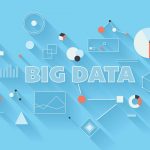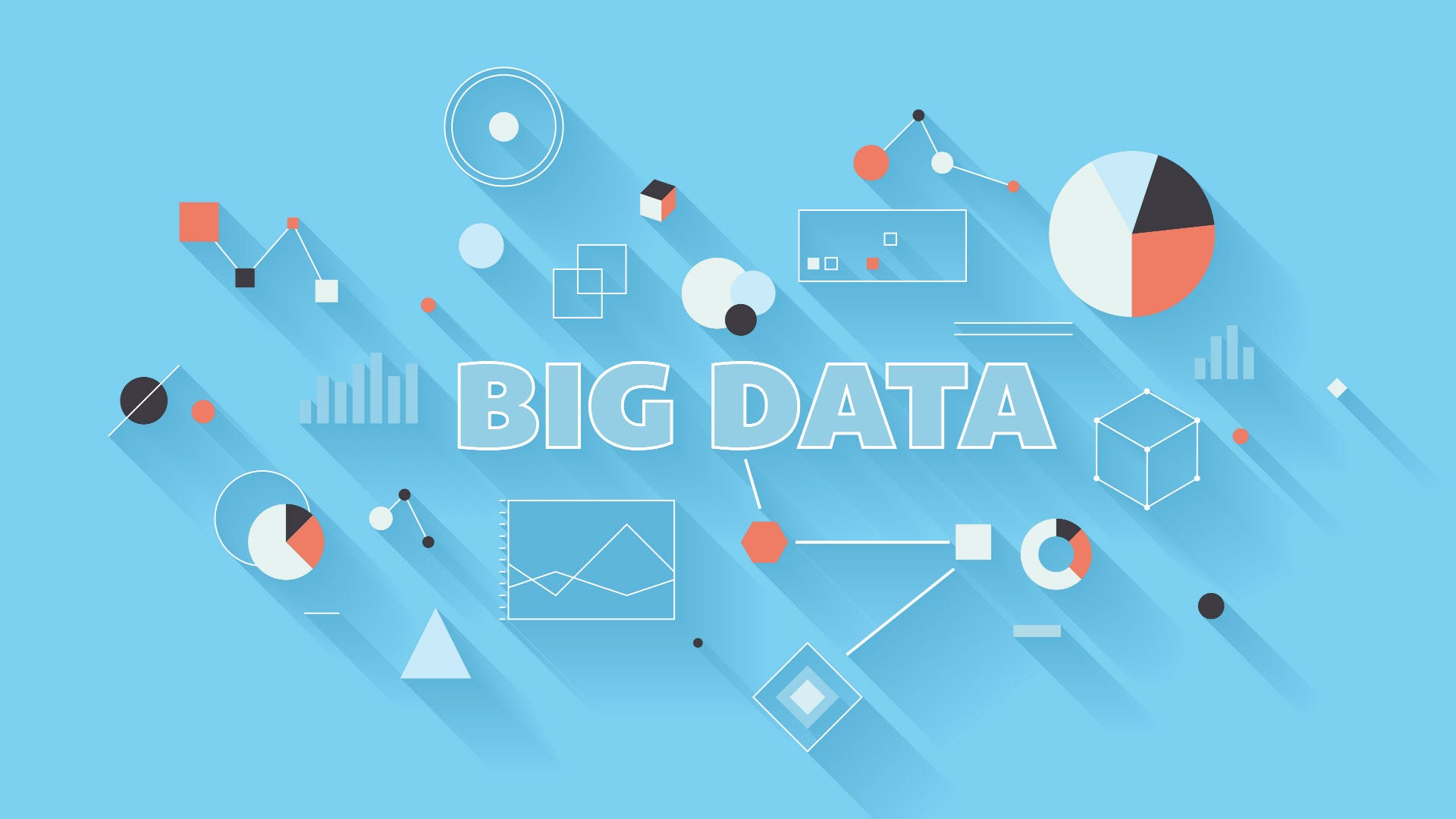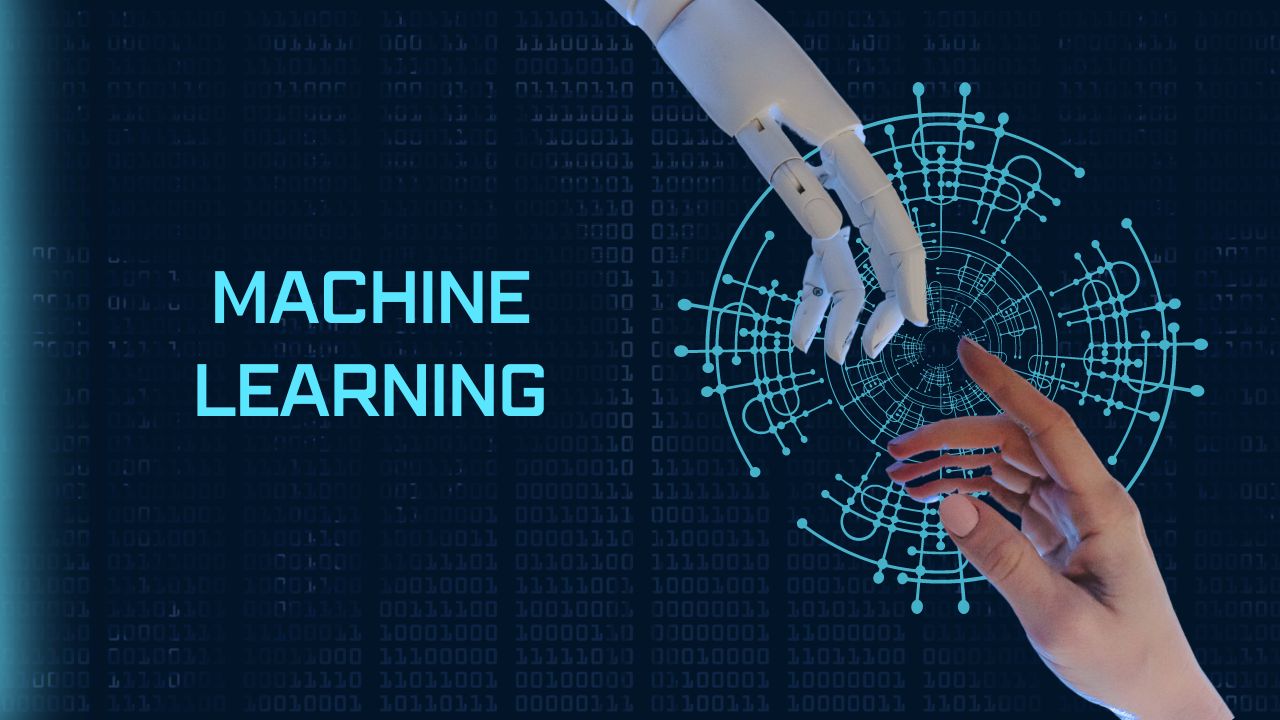Big Data Analytics is the process of collecting, storing, processing, and analyzing large and complex datasets to extract valuable insights. As the volume, velocity, and variety of data continue to grow exponentially, big data analytics has become a critical tool for businesses, governments, and researchers.
Key Components of Big Data Analytics
- Volume: The sheer amount of data generated and stored.
- Velocity: The speed at which data is generated and processed.
- Variety: The diverse types of data, including structured, unstructured, and semi-structured data.
- Veracity: The quality and accuracy of the data.
The Big Data Analytics Process
The big data analytics process typically involves the following steps:
- Data Collection: Gathering data from various sources, such as databases, social media, and IoT devices.
- Data Storage: Storing large volumes of data in data warehouses or data lakes.
- Data Preparation: Cleaning, transforming, and integrating data to make it suitable for analysis.
- Data Analysis: Applying advanced analytical techniques, such as machine learning and data mining, to extract insights.
- Data Visualization: Visualizing data to make it easier to understand and interpret.
Applications of Big Data Analytics
Big data analytics has a wide range of applications across various industries:
- Healthcare: Analyzing patient data to improve diagnoses and treatment plans.
- Finance: Detecting fraud, optimizing trading strategies, and assessing risk.
- Retail: Personalizing customer experiences, optimizing inventory management, and predicting consumer behavior.
- Marketing: Analyzing customer behavior to develop targeted marketing campaigns.
- Government: Improving public services, optimizing resource allocation, and detecting fraud.
Challenges and Opportunities
While big data analytics offers significant benefits, it also presents challenges:
- Data Quality: Ensuring data accuracy and consistency is crucial for reliable analysis.
- Data Security: Protecting sensitive data from cyberattacks is a major concern.
- Data Privacy: Balancing the benefits of data analysis with privacy regulations.
- Skill Gap: Finding and retaining skilled data scientists and analysts is challenging.
The future of big data analytics is bright, with the potential to revolutionize industries and solve complex problems. By harnessing the power of big data, organizations can gain a competitive edge and make data-driven decisions.










